Featuring Logan Wood
The Canon RF 24-50mm f/4.5-6.3 IS STM Lens is an affordable and compact mid-range zoom option for your Canon full frame mirrorless system. Learn how to install the lens and zoom gear in your Ikelite 200DLM Underwater Housing.
If you're more of a reader, scroll down to see the video transcript.
The Canon 24-50 is a mid-range zoom lens that assembles very easily inside the Ikelite 200 DLM underwater housing. So let me show you how to put it together with its zoom gear and zoom dome port.
Installing the Anti-Reflection Sticker
So first up, we're going to draw our attention to the lens itself you'll see that there is some writing on the lens. Now sometimes light will reflect off the dome and back into your image, and we don't want that. To reduce those reflections, we're going to add an anti-reflection sticker.
Installing is very easy. Just peel the sticker off the paper backing, fold it in half, and gently apply it over the writing on the lens.
Installing the Zoom Gear & Lens
Next, we're going to take our housing and place it on its back, and remove the body cap from the camera. We'll take the Zoom Gear # 5515.25, and place it right in the middle of the port opening.
Then we're going to take our lens itself, remove the back cap, and you'll see that you do need to turn the lens all the way to 24mm so that it's in the shooting position, and you'll hear it click.
Next, we're going to align the red dot on the lens with the red dot on the camera, and drop it in. You'll feel it drop into place, and just turn to bayonet it onto the camera, and you'll hear it click. Push down a little bit on the zoom gear, make sure that it's flush with the port.

Before installing the lens in your housing, ensure your lens is in the shooting position at 24mm.
Attaching the Dome Port
Then we'll take our DLM 6 inch Dome Port with Zoom # 5516.17, and we're going to flip it over, and make sure that all three thumb screws are backed out of the inside diameter of the port opening.
Then we're going to take a little bit of the included Ikelite lube, and just put a bit of it on our index finger, and apply it to the O-ring on the housing. You don't need a lot here, this is not creating the seal, it's just allowing the parts to slide together a bit easier. This also gives you a chance to feel for any bumps, hair, or debris that may have gotten on the O-ring. And then we'll take the rest of that lube, and just apply it to the inside diameter of the zoom dome port.
Alright, with all three thumb screws backed out, we're going to align the top thumb screw and the bottom thumb screw, and the top shade with the top of our housing. Just place it over, and push down.
You may have to pull out the zoom gear a little bit for it to drop into place of the zoom gear, but it should just fall down, and then turn the zoom gear to make sure that you have zoom functionality. Then tighten down all three thumb screws. You shouldn't feel any resistance while tightening these thumb screws, so if you do, just pull it out, and then drop it back down and realign it.

It's important to back on the thumbscrews from the inside diameter of your dome port (as pictured here) when attaching the dome port to your housing or other extensions to prevent nicking any o-rings.
Putting the Housing Under a Vacuum
From there you are fully waterproof, but there is one more step that we like to take, and that is putting a vacuum on our housing.
You'll notice that there's a vacuum port on the side of the housing. Press the button down to release the cap. Take the end of your pump, and place the barb inside the valve, and just start pumping.
I've pumped my housing up to 10mmHg, but the number that you pick is not important. What is important is that the needle does not drop. Once I've pumped it to my desired number, I'll press the button on the valve to release the barb, and replace the cap.
I'll typically do this the night before a dive so that it can stay under a vacuum all night, and then in the morning I'll release the cap, plug the barb back in, and check to make sure that I'm still on 10mmHg. If you don't have all night, you can do maybe 10-20 minutes before the dive, and check then, but again, I like to do it the night before
Now when you're done with your dive, and you want to offload your card and charge your camera, and your housing is still under a vacuum, you won't be able to take any of the ports off because everything is sucked together. So to release the vacuum, attach the pump back inside the valve, and then there's a small button on the bottom of your pump, and just hold that down to release the air.

The Ikelite Vacuum Pump System helps reinforce all the closing mechanisms on your housing, but that also means you'll need to release the pressure differential before taking your camera out of the housing. Use the button located on the bottom of the vacuum pump to release the vacuum.
That's how to set up the Canon RF 24-50mm inside the Ikelite 200DLM underwater housing. If have any questions on the lens, assembly, or anything underwater photography related, please shoot us an email to ikelite@ikelite.com.
Additional Viewing
The Best Canon RF-Mount Lenses for DLM Underwater Housings
Canon R8 Underwater in the Galapagos in the 200DLM/D Housing [VIDEO]
Installing a Vacuum Test Valve in a DLM Underwater Housing [VIDEO]
Canon RF-S 10-18mm Setting It Up // 200DLM/D Underwater Housing [VIDEO]
Canon EF 8-15mm Fisheye // 200DLM/D Underwater Housing Assembly [VIDEO]

Logan Wood is a published photographer, cinematographer, and Producer at Ikelite. Stemming from a great appreciation for the outdoors and living an active lifestyle, his work focuses on capturing and sharing the natural world through the latest technologies. When not in the studio, Logan can be found cruising on his bike, going to concerts, and researching where to go next. You can see more of his work at loganwood.net and on Instagram @jlowood


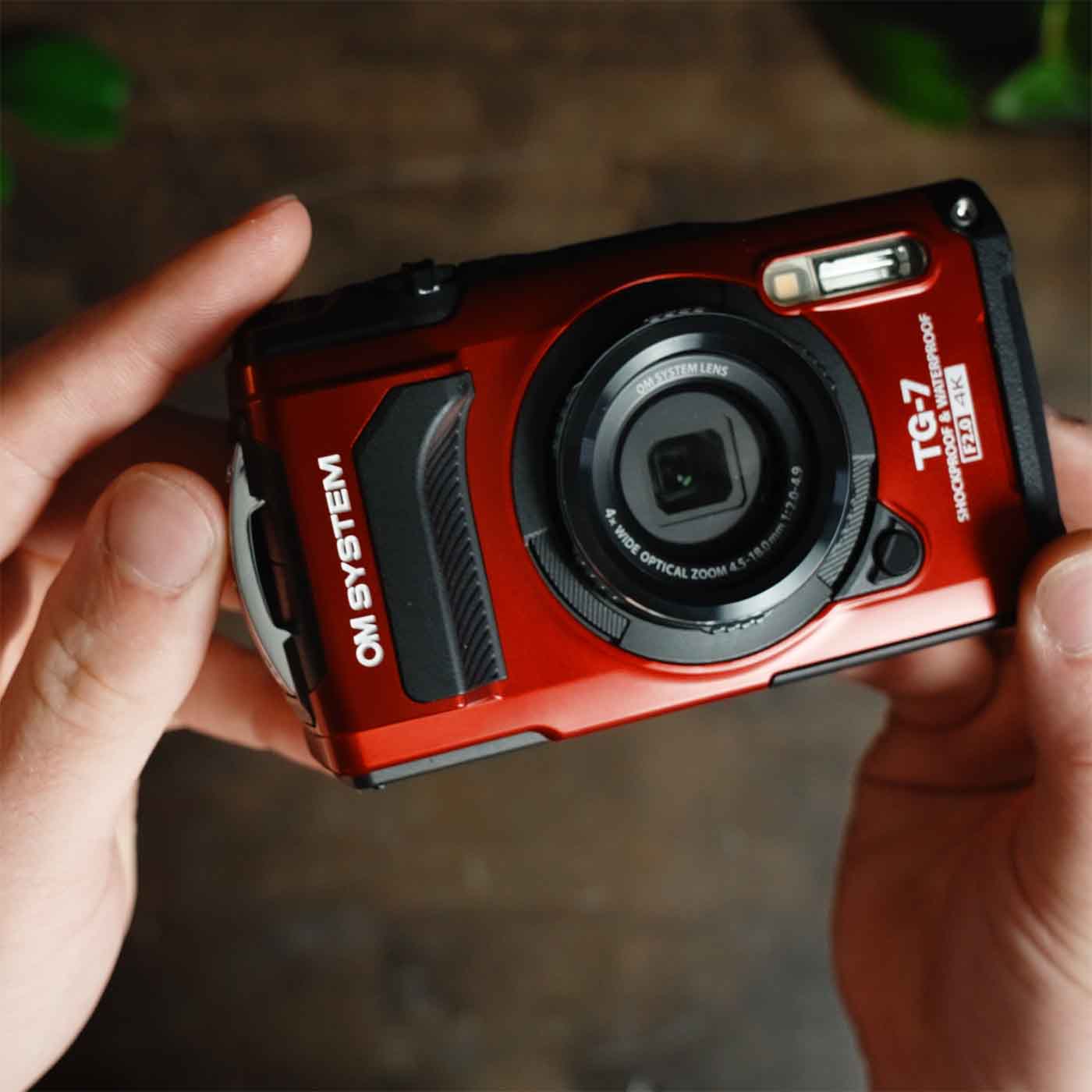
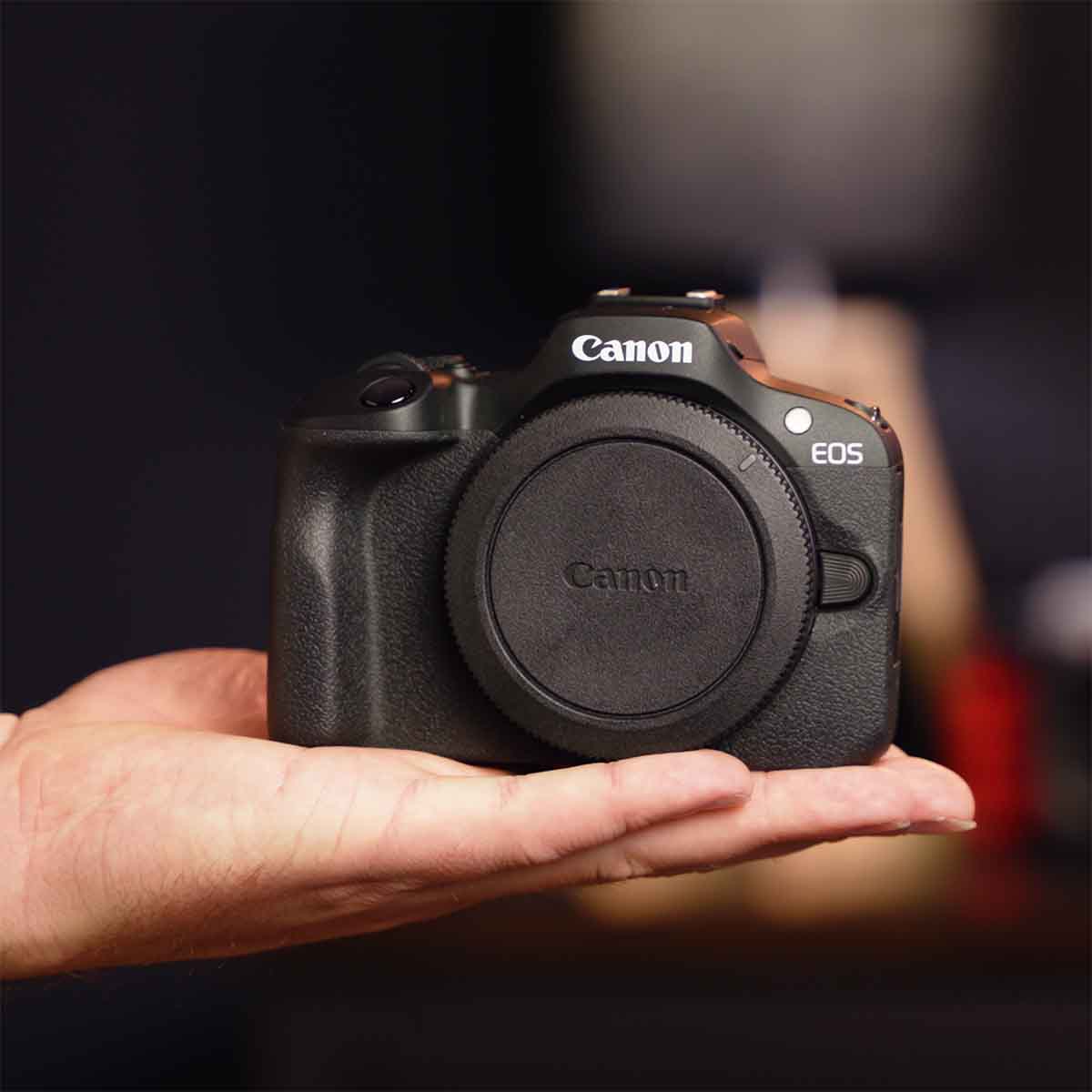
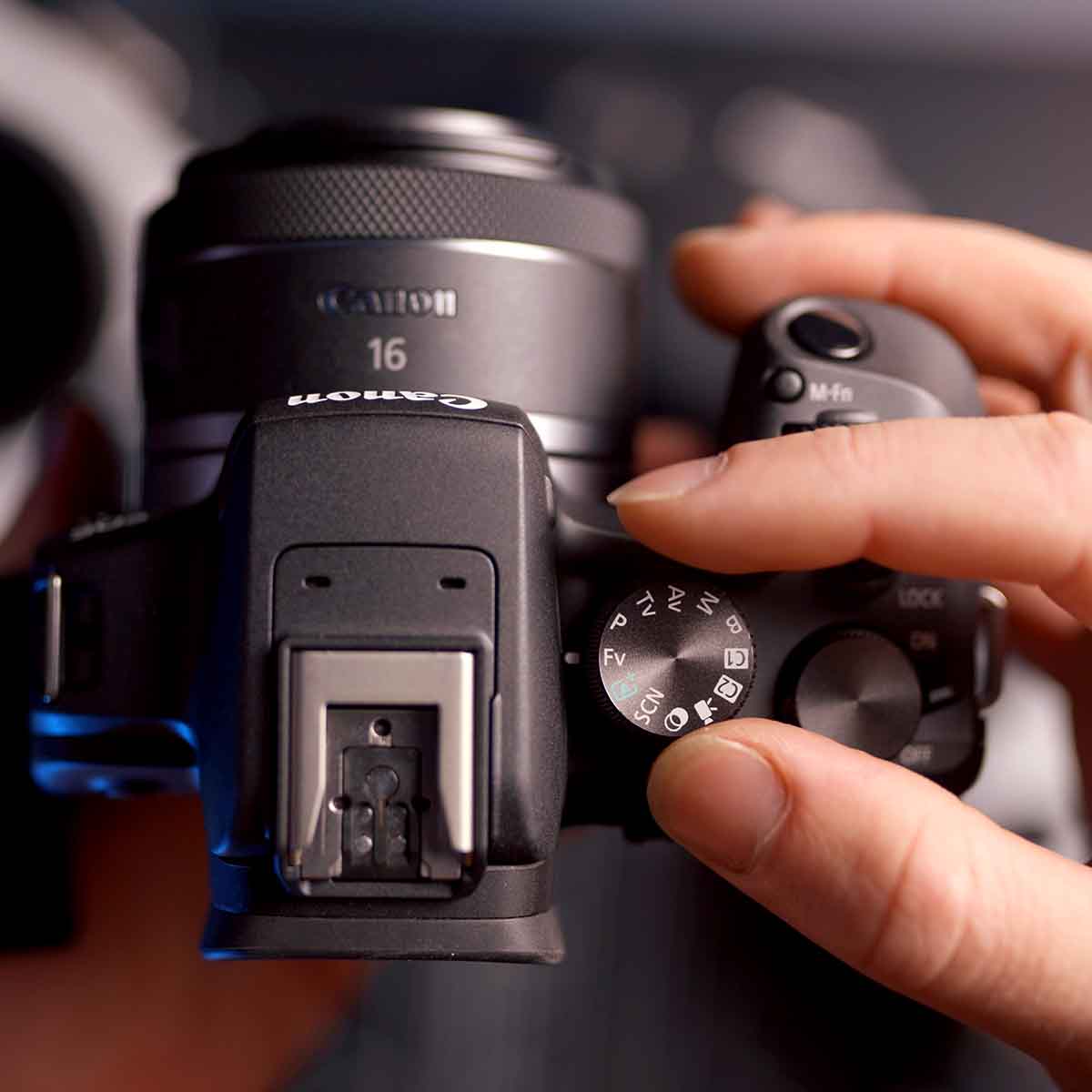


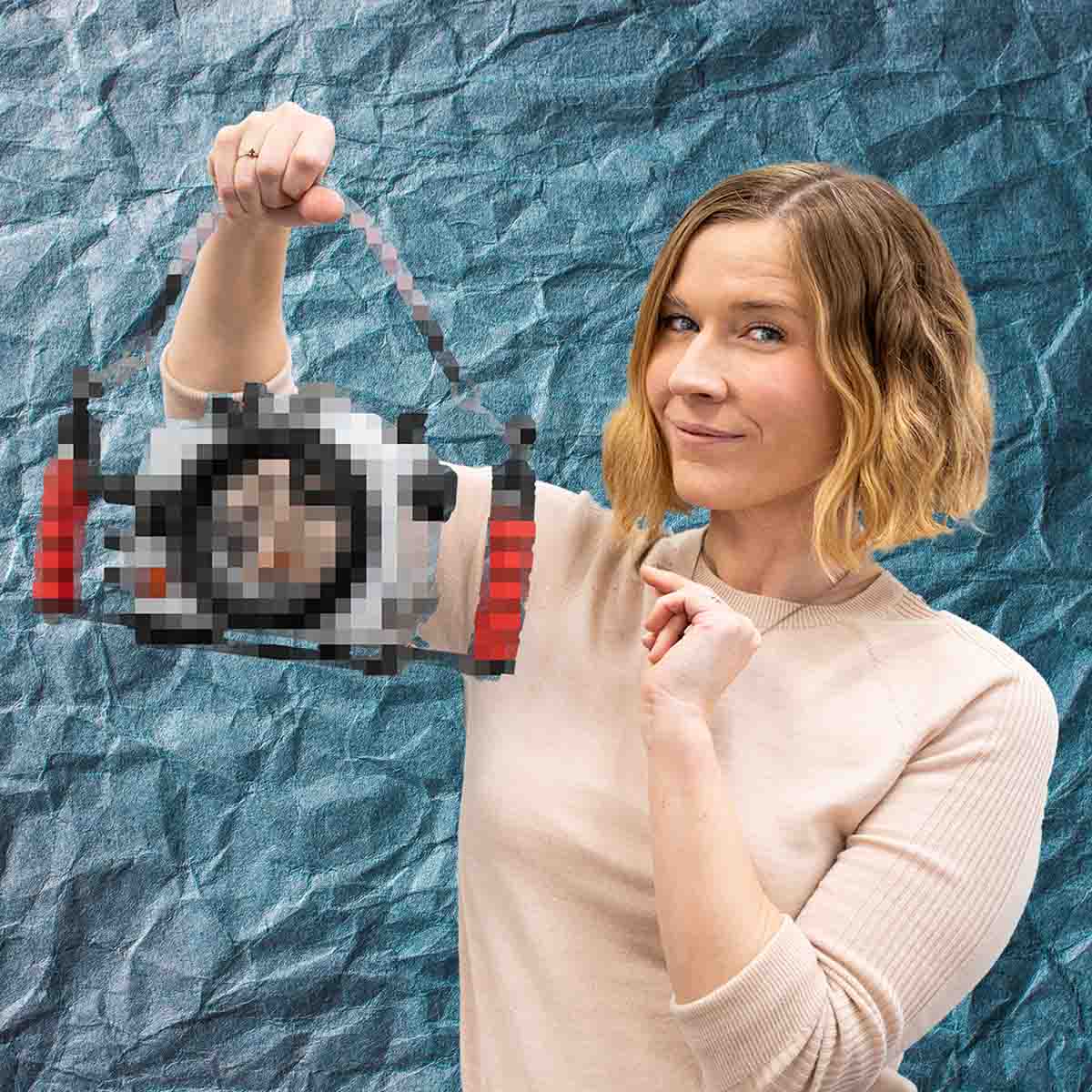
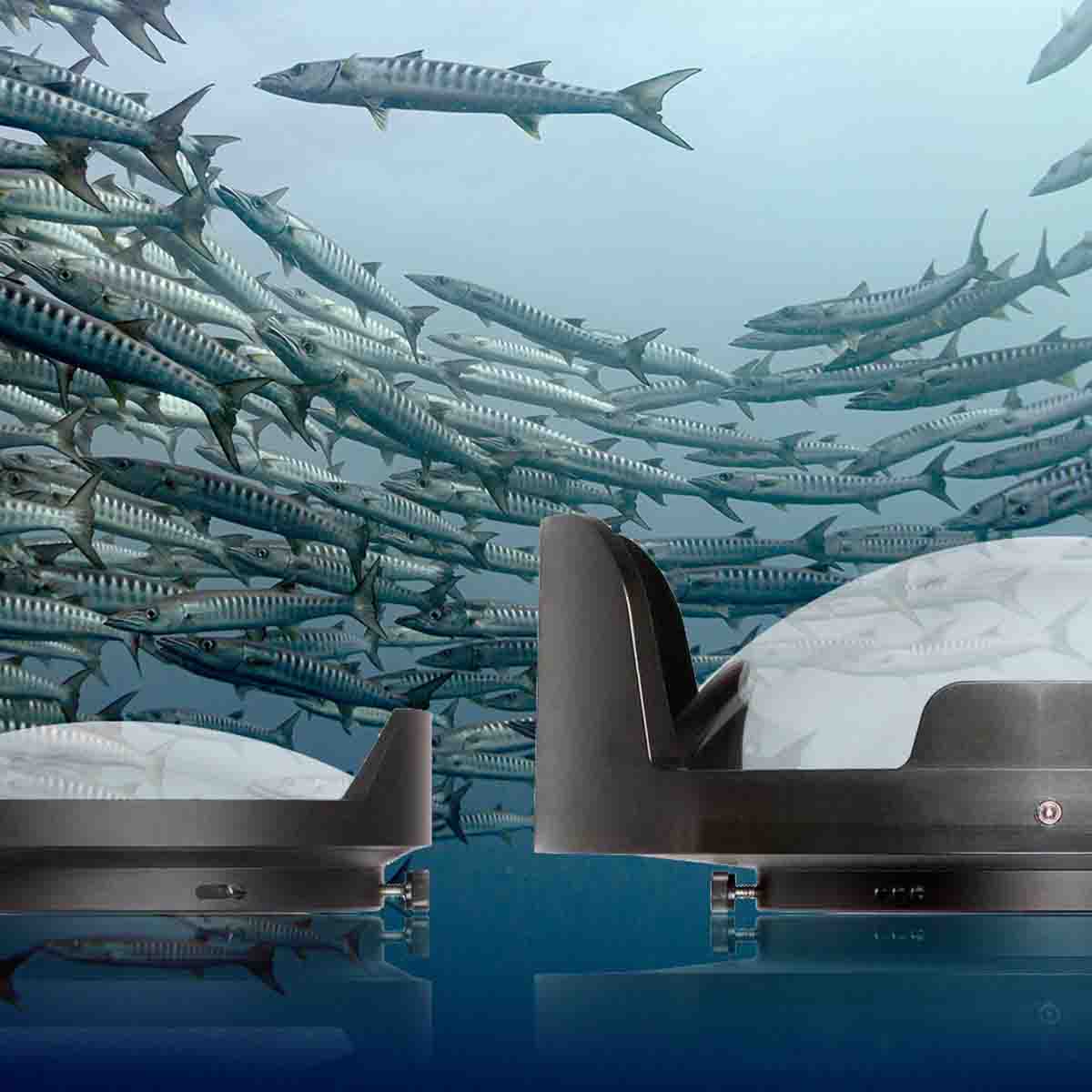
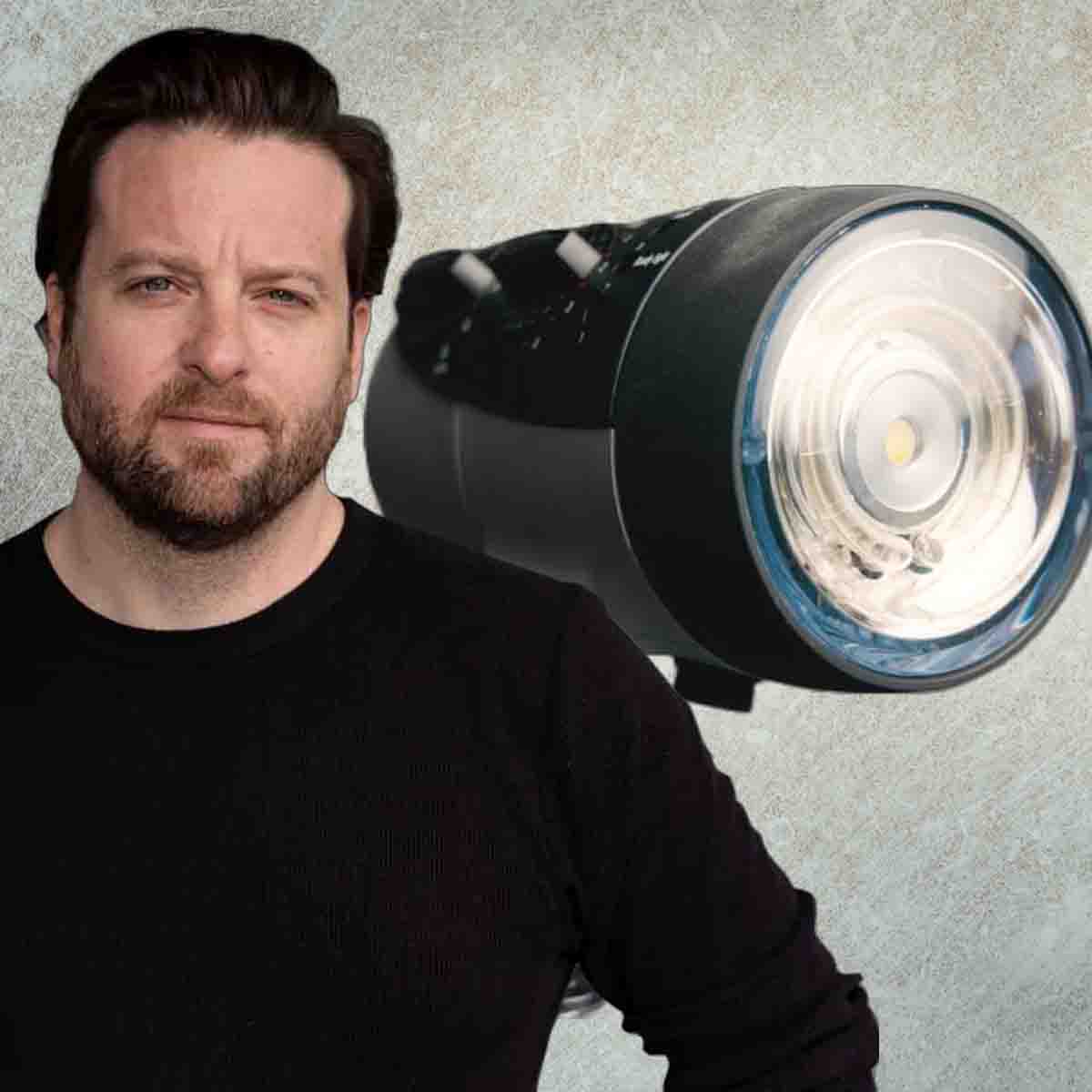

![Canon RF 24-50mm Zoom Gear Installation // 200DLM Underwater Housing [VIDEO]](http://www.ikelite.com/cdn/shop/articles/Canon_RF_24-50mm_DLM_Assembly_1_copy.jpg?v=1760719745&width=1500)
![Cleaning a Strobe Battery Toggle Lock [VIDEO]](http://www.ikelite.com/cdn/shop/articles/How_to_Clean_Your_Strobe_Battery_Pack_Toggle_Blog_Cover_57d6c57f-4a82-4323-8340-6447d443f075.jpg?v=1747338528&width=2000)
